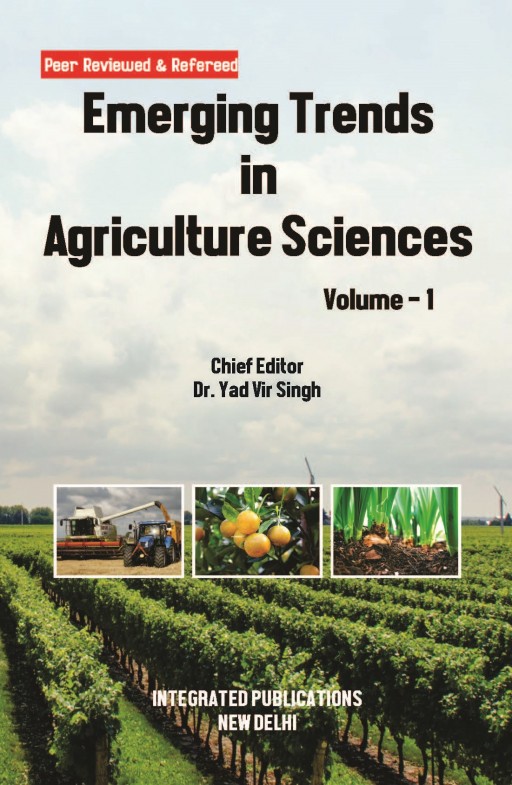Any species, to become better and evolve must face some sort of pressure from parasites or predators, with sexual reproduction acting as a defense against extinction. Pathogens are detrimental to their hosts and exert high selection on their hosts, which in turn can exert similar levels of selection on the pathogen, resulting in cyclic race and reciprocal adaptation between the contenders. Such coevolutionary arm races are central for evolution of organisms to reach some sort of uneasy balance. The red queen hypothesis, named after the Red Queen’s race in Lewis Carroll’s 1871 novel, first proposed by American biologist Leigh Van Valen is an evolutionary concept. It quotes that all species are under constant selective pressure to adapt and evolve to survive against the ever-evolving competing organisms. The hypothesis explores the dynamics of coevolution for both host-pathogen, predator-prey at the phenotypic and genomic level. The chapter is an attempt to review some major examples of co-evolutionary arm race that are in consistence with the Red Queen hypothesis.
Copyright information
© Integrated Publications.

